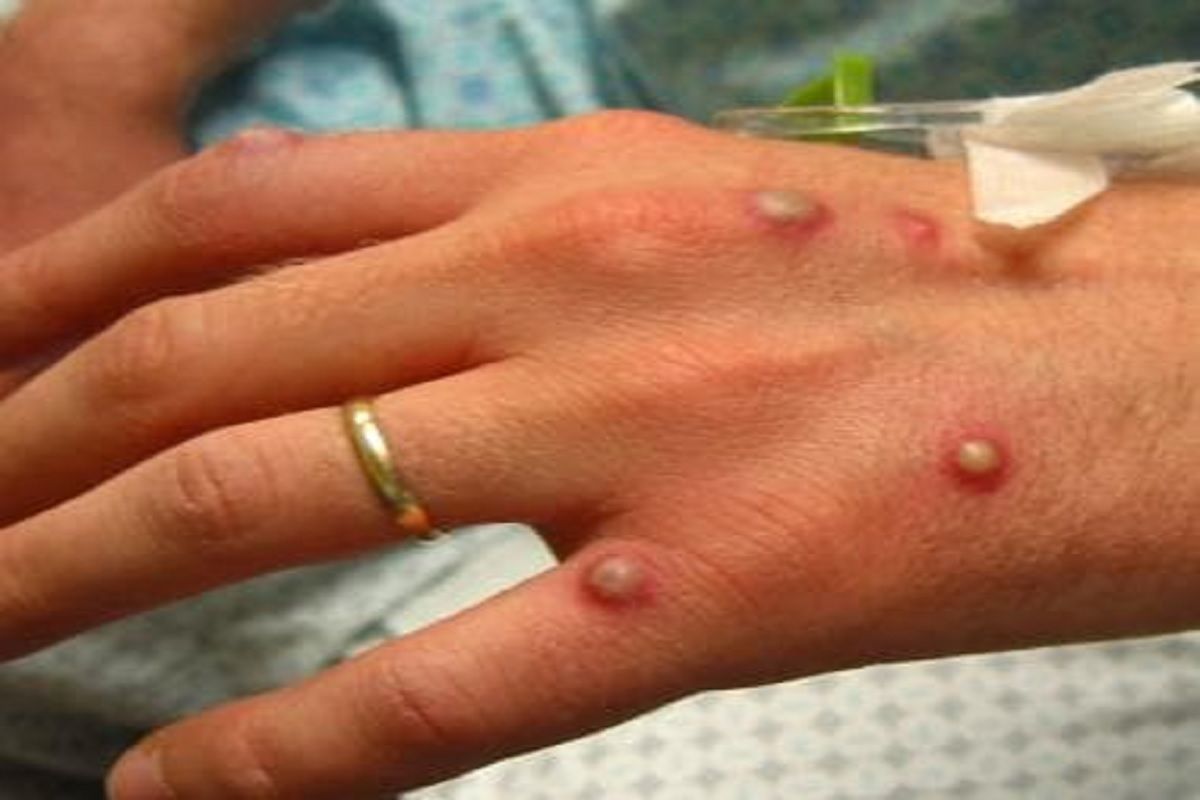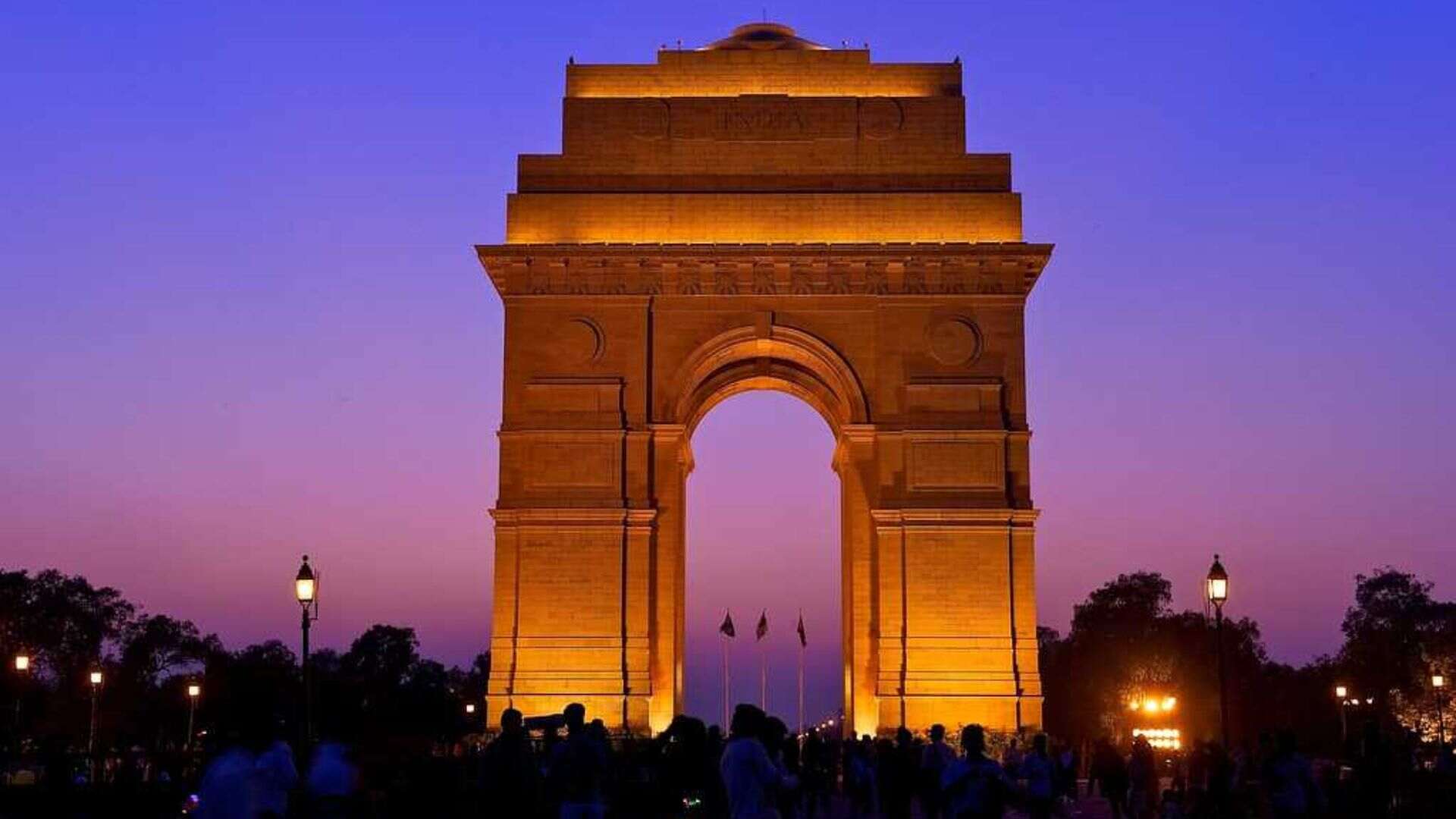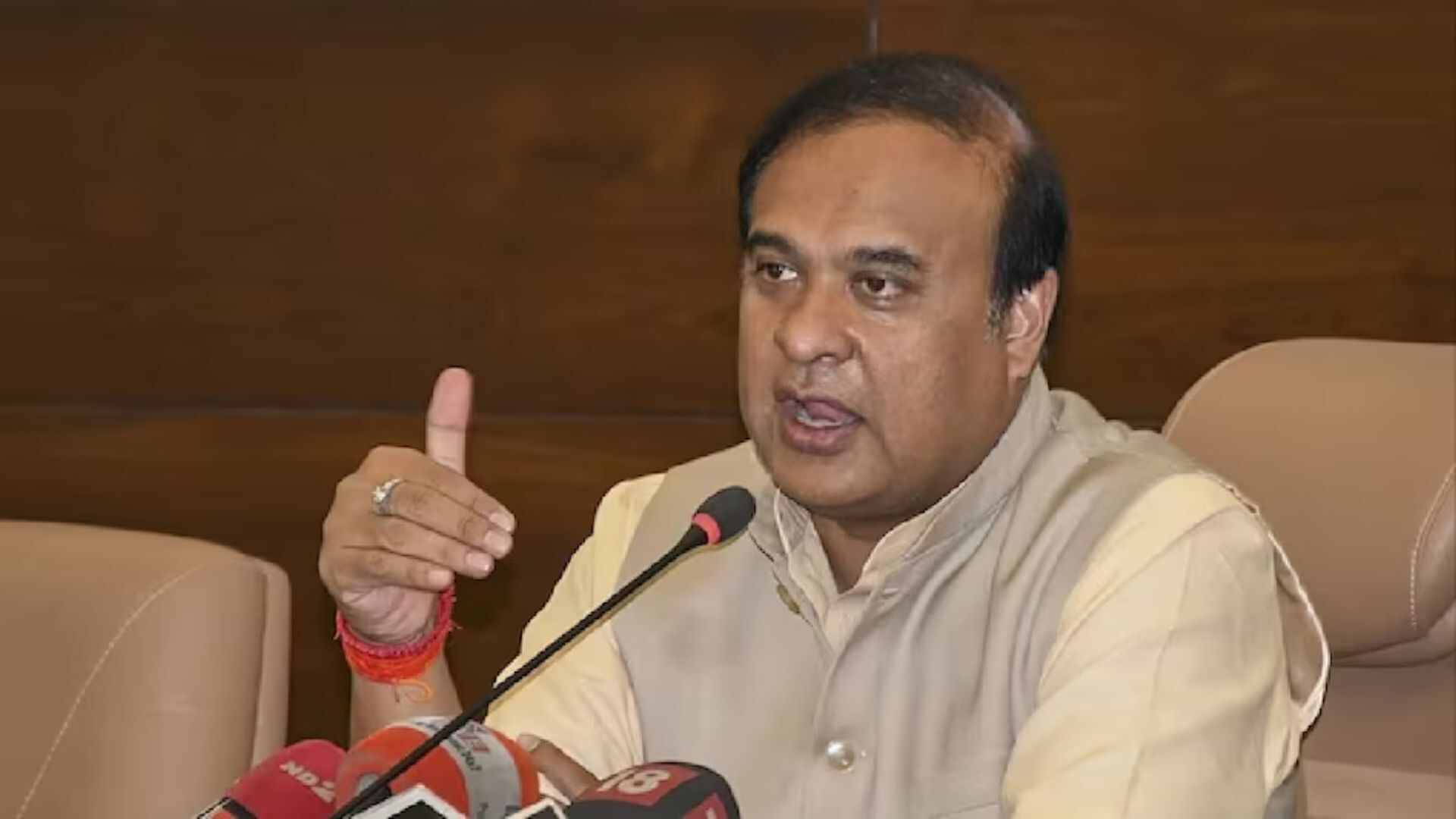Monkey pox, a viral illness related to smallpox, has been making headlines in recent years due to its increasing prevalence and global spread. While it is not as contagious as smallpox, it can still cause significant illness and discomfort. This article will provide an overview of Monkey pox, including its symptoms, transmission, and prevention.
What is Monkey pox?
Monkey pox is a zoonotic disease caused by the Monkey pox virus, which belongs to the Orthopoxvirus genus. It is a self-limiting illness that typically resolves within a few weeks. While it is not as contagious as smallpox, it can spread through close contact with an infected person or animal.
Symptoms of Monkey pox
The symptoms of Monkey pox typically appear within 2 to 14 days after exposure. They may include:
- Fever
- Headache
- Muscle aches
- Fatigue
- Swollen lymph nodes
- Rash
The rash begins as small, red bumps that may look like pimples or blisters. It can appear anywhere on the body, including the face, hands, feet, chest, abdomen, and genitals. The rash may evolve into pustules and scabs before healing.
Transmission of Monkey pox
Monkey pox can be transmitted through close contact with an infected person or animal. This includes:
- Direct contact with a rash or scabs
- Contact with bodily fluids
- Contact with contaminated materials, such as bedding or clothing
The virus can also be transmitted through respiratory droplets, but this is less common.
Prevention of Monkey pox
While there is currently no approved vaccine specifically for Monkey pox, the smallpox vaccine is highly effective in preventing the disease. However, its availability is limited.
Other preventive measures include:
- Avoiding close contact with people who are sick
- Washing hands frequently with soap and water
- Avoiding contact with wild animals or their meat
- Practicing safe sex
Treatment for Monkey pox
There is no specific treatment for Monkey pox. The illness is typically self-limiting, and symptoms can be managed with over-the-counter medications. However, severe cases may require hospitalization.
Global Health Concern
In recent years, Monkey pox has been identified as a global health concern due to its increasing prevalence and spread. Outbreaks have occurred in various countries, including in Africa, Europe, and the Americas. The first cases of monkey pox in India were reported in 2022. While the number of cases has been relatively lower compared to other countries. The World Health Organization (WHO) has declared Monkey pox a public health emergency of international concern.
As the number of cases continues to rise, it is important to stay informed about the latest developments and to take appropriate precautions to prevent the spread of Monkey pox. By understanding the symptoms, transmission, and prevention of this viral illness, we can help to protect ourselves and our communities.
Dr. Shivam Sharma is the Head of Department & Consultant at the Department-Internal Medicine & Diabetology at SHALBY Sanar International Hospitals.







